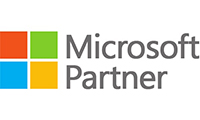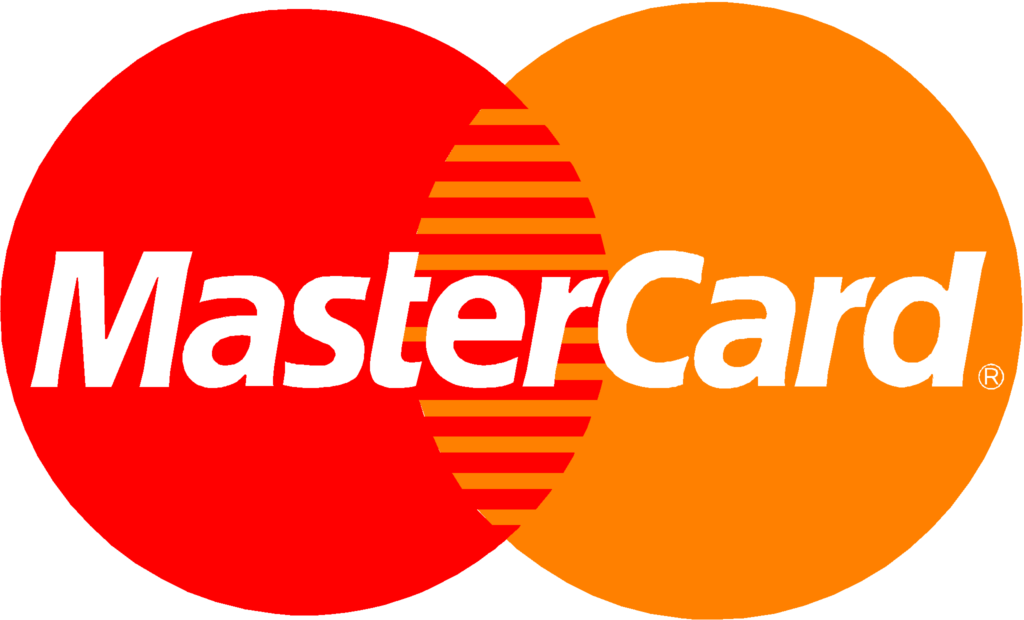What is Google My Business, and how does it work?
As in real life, even on the web, we find different brands that operate within a specific geographical area; for these businesses, it is advisable to implement an appropriate positioning strategy defined as Local SEO ( Local SEO ) or Local Search. The Google response in that direction is called Google My Business (or GMB). The platform, launched in 1994, represents a new reference point for any type of brand to better manage its local presence on the network.
Google My Business incorporates a single service Google Maps. The dashboards have been purposely unified to simplify company information by anyone interested in your brand.
The renewal brought by GMB and leveraging the aesthetic factor and user experience offers a series of important data such as photos, maps, contact information, opening hours, and user feedback. Google can understand the purpose of a search according to the keywords used: a keyword such as “web agency” has a lower local meaning than “pharmacy”. Quite intuitive, isn’t it?
What criteria does Google use for local ranking?
1. Relevance: Relevance refers to the level of correspondence of a local listing with users’ search results. Adding comprehensive and detailed business information can help Google understand your company better and match the local listing with relevant search results.
2. Distance: This variable indicates each potential result from the location used in a search. If a user does not specify a search location, Google calculates the distance based on known data about their location. Even if the user does not indicate the location, Google still manages to identify the geographic target of belonging.
3. Evidence: Evidence is also based on the business information that Google gets from the web (e.g., links, articles, and web directories). In local SEO, the number of reviews and the Google score are considered the more positive feedback, the better your business will rank. It is important to note that SEO best practices apply equally to local search optimization.
Google My Business Optimization Tips
# 1 Enter all your company data: make sure you have entered all the information about your business (company description, organization of hours, product category, etc.) in Google My Business so that customers learn about the products or the services you offer and they know where and when to find you. Category management is extremely important because it allows you to categorize your business and make it more visible on Google. You have to choose from Google’s default categories. Don’t forget to check that you have entered all your contact information (phone number, email, website URL).
# 2 Management of reviews: your customers’ feedback is essential as it adds value to your brand and helps shape the purchase decision of those users who do not know you personally. The other words are important for your brand reputation (for more information, read this article ). For this reason, it is necessary to implement an appropriate content marketing strategy to manage reviews on your brand: the answer demonstrates your interest in the opinions and comments that customers leave on your business (the ideal score is between 4 and 5).
# 3 Check your business locations: improve visibility on Google products, such as Maps and Google Search. In this regard, it is important to manage the correct positioning of the Google Maps cursor: it often happens that people search for directions from a company, but they are disappointed because of your location’s approximate accuracy.
# 4 Comprehensive and Captivating Description: Company presentation is a crucial step. Think carefully about what you want to communicate to your customers, your mission, what kind of offer you propose, and why you should be chosen. Local SEO optimization involves using the right keywords and, perhaps, a link to your website. As for the images, remember to rename them and do not entrust the JPG or PNG name to chance because a potential customer will experience a sort of virtual tour even before going to you.
# 5 The local listing’s historicity is one factor contributing to the formation of the local ranking, so an older online listing will be more likely to rank faster.
In conclusion, thanks to Google My Business, you can take total control of your brand’s information by associating this feature.
Content created on Google’s social network will be visible in search queries. The more users intercept your content, the greater the shares and, consequently, the resonance of your content.










